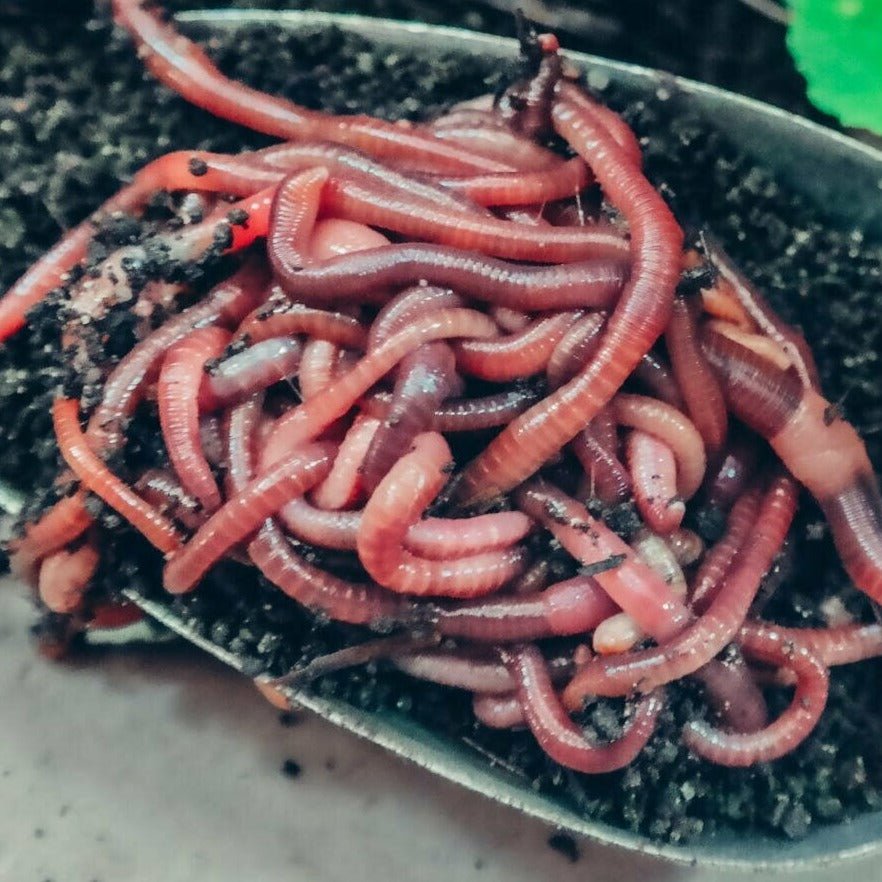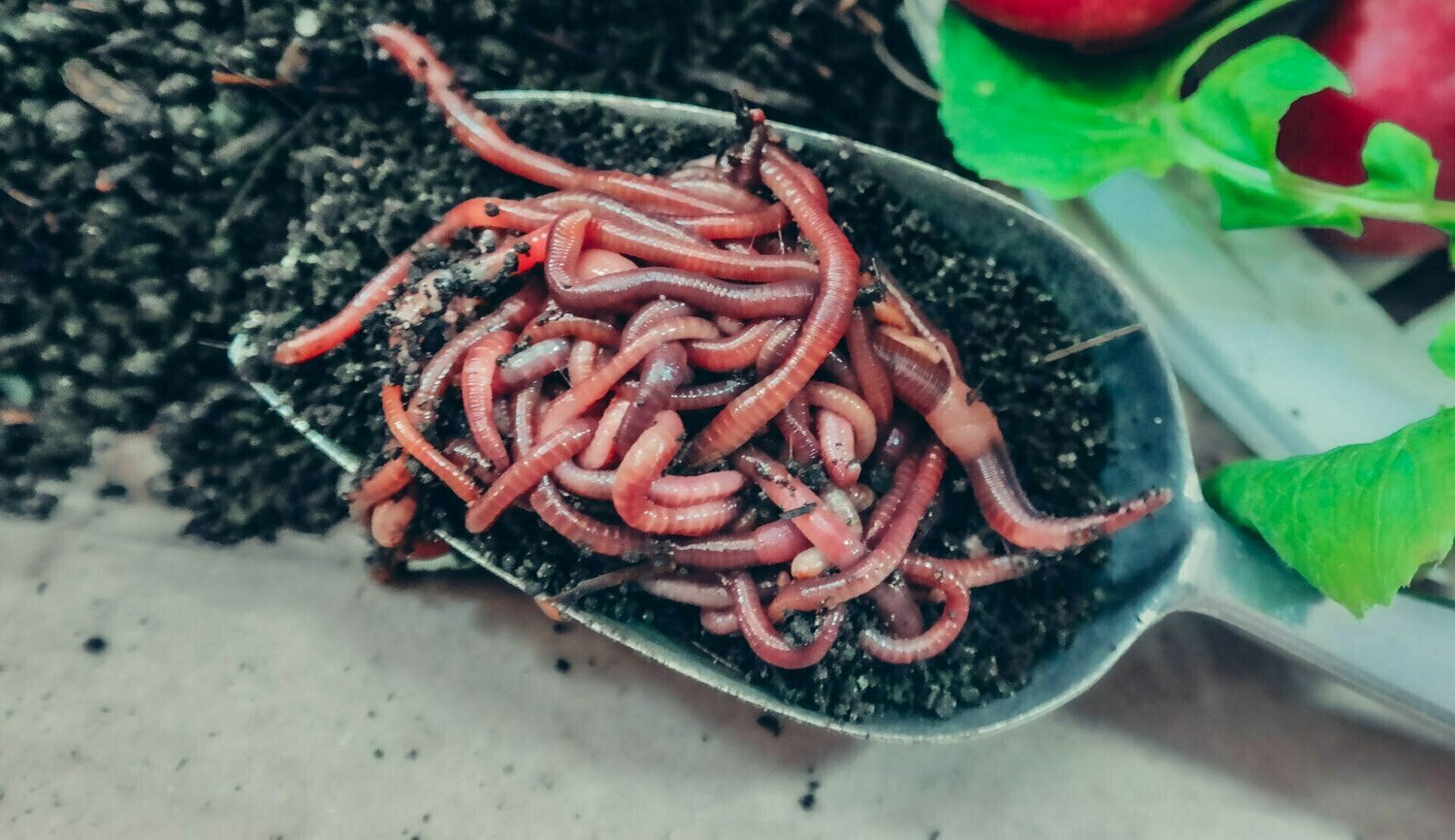Discover the Ultimate Guide to Red Wiggler Worms: How to Treatment For, Type, and Harvest These Beneficial Creatures
On the planet of lasting horticulture and composting, red wiggler worms are considered very useful allies due to their ability to damage down raw material effectively and create nutrient-rich spreadings. Comprehending the ins and outs of taking care of these mighty yet tiny animals, understanding the art of reproducing them, and discovering the ideal means to harvest their spreadings can substantially improve the wellness of your dirt and plants. As we start this journey to explore the supreme guide to red wiggler worms, we will uncover useful pointers, specialist understandings, and cutting-edge strategies that will certainly not just benefit your garden yet also grow your gratitude for these beneficial soil-dwellers.
Setting Up Your Red Wiggler Habitat
Producing a suitable atmosphere for your red wigglers is essential for their wellness and recreation. Begin by choosing a opaque and sizable container to house your worms, ensuring it has correct air flow to keep air flow.
Following, line the base of the container with a layer of moistened bedding products such as shredded paper, cardboard, or coconut coir. This bed linen offers a comfortable room for the worms to burrow and aids keep moisture degrees within the habitat. Present your red wigglers to their new home by gently positioning them in addition to the bed linen.
To produce an appropriate living environment, add food scraps such as vegetables and fruit peels, coffee premises, and eggshells frequently. Stay clear of acidic or spicy foods, dairy, meat, and oils, as these can hurt your worms. Cover the food scraps with added bed linen to avoid fruit flies and odors. By adhering to these actions, you can make sure a successful habitat for your red wiggler worms.
Vital Care Tips for Red Wigglers
To make certain the well-being and longevity of your red wiggler worms, it is imperative to carry out necessary treatment tips that complement the thorough setup of their environment. Firstly, preserve correct wetness levels in the worm bin by frequently checking and readjusting the bed linen. Red wigglers thrive in a damp setting, so misting the bed linen with water when it shows up dry is vital. Additionally, make certain ample ventilation in the container to protect against the buildup of dangerous gases like ammonia. Mixing the bed linen sometimes can aid aerate the setting and advertise healthy and balanced decay.

The Art of Red Wiggler Reproduction
How can red wiggler breeders enhance the reproduction process to keep a healthy and balanced and successful worm populace? To enhance reproducing success, dog breeders ought to guarantee that the worm bin environment continues to be wet, oxygenated, and rich in natural issue.
To encourage mating and egg-laying, it is vital to keep track of the temperature within the worm bin. Red wigglers favor temperatures between 55-77 ° F(13-25 ° C )for ideal reproduction conditions. Red Wiggler Worms. In addition, preventing extreme temperature level fluctuations and providing a uninterrupted and dark atmosphere can stimulate the worms' reproductive activities

Harvesting and Making Use Of Worm Spreadings
Maximizing the reproduction procedure and keeping a healthy worm populace with effective breeding sets the stage for red wiggler i thought about this breeders to take advantage of the important source of worm spreadings. Gathering worm spreadings, additionally known as vermicompost, is a critical action in the red wiggler worm farming procedure. These nutrient-rich spreadings are a powerful natural fertilizer that can improve dirt high quality, improve plant growth, and boost crop returns.
To gather worm spreadings, you can employ numerous approaches. One typical strategy is to create different feeding areas in the worm container, luring the worms to move to new bedding by concentrating food in one area. After the worms have moved, the spreadings can be gathered from the left area. An additional approach includes spreading out the contents of the bin in a thin layer under brilliant light; worms will delve much deeper into the pile, permitting for the very easy removal of the castings from the top.
Using these worm spreadings in your garden or agricultural undertakings can significantly profit plant wellness and dirt fertility, making the initiative of collecting them a gratifying element of red wiggler worm farming.
Troubleshooting Common Red Wiggler Issues
When assessing red wiggler worm farms, breeders may come across common concerns that require troubleshooting to keep the health and wellness and performance of their worm populace. One widespread problem is overfeeding, which can cause a buildup of leftover food and excess dampness in the worm bin. This can result in nasty odors, drawing in parasites, and potentially hurting the worms. To treat this, lower the feeding amount and frequency up until the worms overtake the available food.
An additional problem breeders might deal with is the presence of termites in their worm bins (Red Wiggler Worms). While some termites are harmless, an overpopulation can show an inequality in the container's atmosphere. To address this, adjust the dampness degrees by adding much more bedding products like shredded newspaper or cardboard to create a drier habitat that is much anchor less beneficial for mites
Lastly, if worms are attempting to leave the container, it could indicate unfavorable problems such as acidity or high temperature levels. Inspect the pH degrees of the bedding and make certain correct ventilation to regulate temperature and dampness degrees within the worm farm.
Conclusion
In final thought, red wiggler worms are useful animals that can benefit your garden or garden compost container. By providing them with a suitable habitat, correct care, and recognizing their reproduction practices, you can optimize their potential. Gathering their nutrient-rich spreadings can enhance dirt fertility and plant growth. Be alert to common concerns that may emerge and address them promptly why not try this out to make certain the health and efficiency of your red wiggler populace.
Maintain the worm container in an ideal location away from direct sunshine and extreme temperatures to supply a comfortable living atmosphere for your red wigglers.
Maximizing the recreation process and preserving a healthy worm populace through successful breeding establishes the phase for red wiggler dog breeders to take advantage of the valuable source of worm spreadings. Gathering worm castings, additionally understood as vermicompost, is an important action in the red wiggler worm farming process. One usual strategy is to produce different feeding areas in the worm container, luring the worms to migrate to new bedding by focusing food in one location.When analyzing red wiggler worm ranches, breeders may encounter typical problems that require troubleshooting to maintain the health and wellness and efficiency of their worm populace.